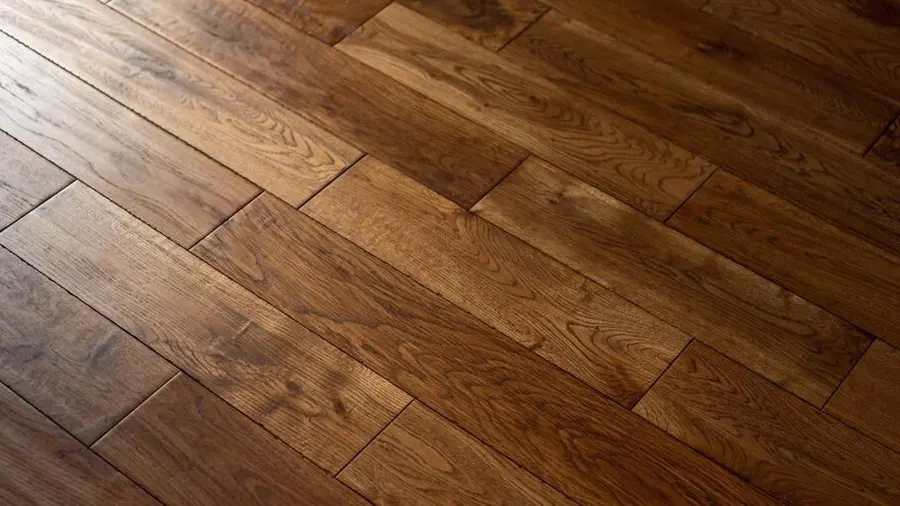Aug . 11, 2024 21:24 Back to list
Exploring the Benefits of Recycled Rubber Mats for Safe and Durable Playground Surfaces
The Benefits of Recycled Rubber Mats for Playgrounds
As communities strive to create safer and more sustainable environments for children to play, the use of recycled rubber mats has emerged as a popular choice for playground surfaces. These mats are not only environmentally friendly but also provide a multitude of benefits that enhance the overall play experience while prioritizing safety.
Safety First
One of the most significant advantages of using recycled rubber mats in playgrounds is the enhanced safety they provide. Rubber surfaces are known for their excellent shock-absorbent properties, which can significantly reduce the risk of injuries from falls. According to various studies, falls are one of the leading causes of playground injuries, and having a soft surface can make a difference in mitigating these dangers. Compared to traditional materials like grass, sand, or wood chips, rubber mats offer a much more forgiving surface that helps to cushion falls and prevent serious injuries.
Sustainable Choice
Recycled rubber mats are made from scrap tires and other rubber materials that would otherwise contribute to landfill waste. By repurposing these materials, playgrounds can significantly reduce their environmental footprint. This practice not only promotes sustainability but also helps in raising awareness about recycling and its importance in creating a better future. Communities that utilize recycled rubber mats are taking proactive steps toward reducing waste and encouraging eco-friendly practices among children and their families.
Durability and Low Maintenance
recycled rubber mats for playgrounds

Another compelling reason to choose recycled rubber mats for playgrounds is their durability. Unlike traditional playground materials that may require frequent replacement or extensive maintenance, rubber mats are designed to withstand a variety of weather conditions and heavy foot traffic. They do not splinter, crack, or fade like wood or concrete, which makes them a long-lasting option that can serve playgrounds for years to come. Additionally, the maintenance required for rubber mats is minimal—regular cleaning and occasional inspections are typically all that’s needed to keep them in excellent condition.
Versatility in Design
Recycled rubber mats also offer aesthetic benefits. They come in a wide range of colors, patterns, and textures, allowing playground designers to create visually appealing spaces that can stimulate children's imagination and encourage active play. This versatility means that developers can tailor playground surfaces to fit various themes and designs, contributing to an inviting atmosphere where children feel comfortable and excited to explore.
Health and Hygiene
In comparison to loose-fill materials like sand or wood chips, which can sometimes harbor pests or bacteria, recycled rubber mats offer a more hygienic alternative. They do not attract insects, and their solid surface is less likely to collect debris, making it easier to maintain cleanliness. This is particularly important for children's health, as a cleaner play environment can help minimize the risk of infections and illnesses.
Conclusion
In conclusion, the use of recycled rubber mats in playgrounds represents a progressive approach to creating safe, sustainable, and visually appealing play spaces for children. With their remarkable shock-absorbent properties, durability, low maintenance requirements, and positive environmental impact, these mats have proven to be an invaluable addition to community playgrounds. As more communities recognize the benefits of recycled rubber mats, we can look forward to a future where children have access to safer, more eco-friendly play areas that foster creativity, activity, and fun.
-
Professional Tennis Court Lining Services Pickleball Court Marking Experts
NewsJun.24,2025
-
Pickleball Court for Sale - Premium Flooring Solutions for Sports Venues
NewsJun.10,2025
-
Maple Grove Outdoor Pickleball Courts - Premium Conversion & Durable Materials
NewsJun.10,2025
-
Best Pickleball Outdoor Courts Solutions Convert Tennis Courts, Outdoor Covered Courts, Maple Grove Options
NewsJun.10,2025
-
Convert Tennis Court to Pickleball Fast & Affordable
NewsJun.09,2025
-
Indoor Outdoor Pickleballs Durable & All-Weather for Any Court Play
NewsJun.09,2025

